Recent Events
Dinero visited a party at CREC's Medical Teaching Prep
Academy in Windsor CT.
June 20, 2013 - The Dinero street team generated 15 leads for the HES residential program, provided water, distributed over 80 books to children, painted 60 faces, and provided education on topics such as where energy comes from, as well as, how people can conserve energy through behavioral changes.
Invite us to your school for a free energy education day!
Join our
Save Energy ~ Save Dinero education program and earn money for your
school.
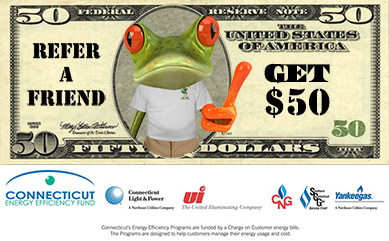 | |
Help your friends and family save money and energy! EES will send your school $50 dollars when they complete the work.
CT schools can participate in the EES Refer a Friend Program. If EES completes an energy evaluation that was referred by your school, they will send your school $50 dollars. Act now, this promotion is only available for a limited time. To learn more visit http://www.eesgogreen.com. |
Green Eco Warriors Energy Conservation Education kicks off at First Church in Windsor CT
May 16, 2013 - Green Eco warriors provided over 50 "Dinero Learns to Save Energy" books and free energy conservation education at First Church in Windsor CT. The children ages 4 to 5 years old were pleasantly surprised. The kids had a blast playing the "Save Energy Save Dinero" bean bag game, singing nature conservation based songs, and reading their new books. Kids also won save energy pins and stickers by telling us how they can save energy at home. Every child received a save energy pledge, and their school can earn $50.00 for each family that completes the pledge and has an energy audit performed at their home. Learn more or invite Green Eco Warriors to your school!
Green Eco Warriors Energy Conservation Education kicks off at Betances STEM Magnet School in Hartford CT
April 29, 2013 - Over 100 books were provided free to students at Betances STEM magnet school in Hartford CT. Fourth grade students attended a live educational seminar about energy. Students participated in active discussions and lessons about energy conservation. These amazing students learned and brainstormed about ways to save energy at home and at school. They took the
Save Energy, Save Dinero pledge to make a difference and started conserving energy today! Invite the Green Eco Warriors to present at your school- call
860-580-9076 to reserve your presentation today!
Save Energy, Save Dinero!
The mission of Algalita Education is to let the world know about the giant plastic soup we have found in the Central Pacific Gyre and other marine locations so that something can be done to halt this increasing problem before it becomes worse than it already is. We do this with K-12 education programs, making presentations locally, at the state, federal and international levels, by the distribution of our signature video Our Synthetic Sea, and through every facet of the media.
http://www.algalita.org/ |
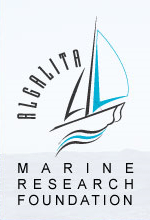 |
Want to learn about energy in a fun way? Join the energy ant to
learn about energy facts, fun & games, energy history, and classroom
activities (K-12.)
HOW ELECTRICITY IS GENERATED
Did you know that most electricity generated in the United State
comes from burning coal?
In 2006, nearly half (49%) of the country's 4.1 trillion
kilowatt hours of electricity used coal as its source of energy. |
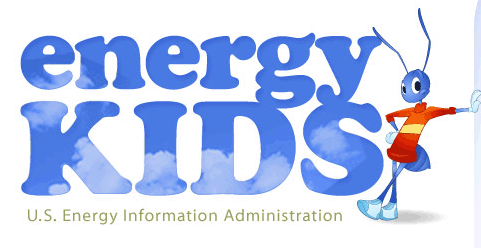 |
Natural gas, in addition
to being burned to heat water for steam, can also be burned to produce
hot combustion gases that pass directly through a turbine, spinning
the blades of the turbine to generate electricity. Gas turbines
are commonly used when electricity utility usage is in high demand.
In 2006, 20% of the nation's electricity was fueled by natural
gas.
Petroleum can also be used
to make steam to turn a turbine. Residual fuel oil, a product refined
from crude oil, is often the petroleum product used in electric
plants that use petroleum to make steam. Petroleum was used to generate
about two percent (2%) of all electricity generated in U.S.
electricity plants in 2006.
Nuclear power is a method
in which steam is produced by heating water through a process called
nuclear fission. In a nuclear power plant, a reactor contains a
core of nuclear fuel, primarily enriched uranium. When atoms of
uranium fuel are hit by neutrons they fission (split), releasing
heat and more neutrons. Under controlled conditions, these other
neutrons can strike more uranium atoms, splitting more atoms, and
so on. Thereby, continuous fission can take place, forming a chain
reaction releasing heat. The heat is used to turn water into steam,
that, in turn, spins a turbine that generates electricity. Nuclear
power was used to generate 19% of all the country's electricity
in 2006.
Hydropower, the source
for almost 7% of U.S. electricity generation in 2006, is
a process in which flowing water is used to spin a turbine connected
to a generator. There are two basic types of hydroelectric systems
that produce electricity. In the first system, flowing water accumulates
in reservoirs created by the use of dams. The water falls through
a pipe called a penstock and applies pressure against the turbine
blades to drive the generator to produce electricity. In the second
system, called run-of-river, the force of the river current (rather
than falling water) applies pressure to the turbine blades to produce
electricity.
Geothermal power comes
from heat energy buried beneath the surface of the earth. In some
areas of the country, enough heat rises close to the surface of
the earth to heat underground water into steam, which can be tapped
for use at steam-turbine plants. This energy source generated less
than 1% of the electricity in the country in 2006.
Solar power is derived
from the energy of the sun. However, the sun's energy is not available
full-time and it is widely scattered. The processes used to produce
electricity using the sun's energy have historically been more expensive
than using conventional fossil fuels. Photovoltaic conversion generates
electric power directly from the light of the sun in a photovoltaic
(solar) cell. Solar-thermal electric generators use the radiant
energy from the sun to produce steam to drive turbines. In 2006,
less than 1% of the nation's electricity was based on solar
power.
Wind power is derived
from the conversion of the energy contained in wind into electricity.
Wind power, less than 1% of the nation's electricity in 2006,
is a rapidly growing source of electricity. A wind turbine is similar
to a typical wind mill.
Biomass includes wood,
municipal solid waste (garbage), and agricultural waste, such as
corn cobs and wheat straw. These are some other energy sources for
producing electricity. These sources replace fossil fuels in the
boiler. The combustion of wood and waste creates steam that is typically
used in conventional steam-electric plants. Biomass accounts for
about 1% of the electricity generated in the United States.
http://www.eia.doe.gov/ |
“What if, every time we flipped a light switch at home, a
mountain exploded in West Virginia; or every time we turned on the
air conditioner in summer, a child suffered an asthma attack; or
when we turned up the heat, the entire planet was warming…
and what if, instead of all that, we had a choice of something better?
What choice would you make?”
“I’ve heard it said that when you do things the way you
always have, you’ll get what you’ve always gotten. Today
we’ve got global warming, air pollution, and all sorts of human
health problems that are tied to the way we generate electricity…
how can we possibly afford to build all these new power plants?
There’s got to be a better way.”�
Jeff Barrie, Creator of Kilowatt Ours |
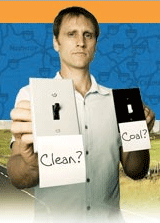 |
This Powerpoint presentation highlights the motivation for a lunch
room recycling program that Jonathon Mejias started at his middle school. The
Lunch room recycling program was the first step in our journey to
becoming "Green Eco Warriors".
We have continued to learn and grow. We
created Public Access Programming for WIN-TV called "Green Eco Warriors"
(see videos link). The programs are intended to educate others about
what they can do to get involved and make a difference.
My family and I built this website to provide Motivation and Educational
links to other sources we found helpful on our journey. We want
to navigate people to current and factual information about what
we can do to help our planet ~ our home. The more we learned, the
more we realized that we needed to keep searching for facts. |
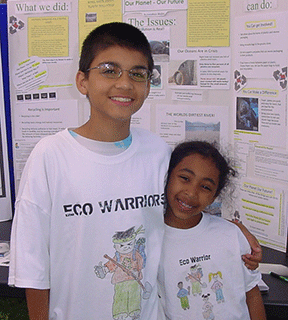
Click here to download the Recycling Saves Lives Powerpoint presentation. |
We stay true to our Mission "Educate and Motivate". We
believe it is youth that will heal the planet and save our future.
Knowledge is power, so share what you learn. Together we can Make
a difference! This our call to action...Green Eco Warriors unite!
Facts we found during our research about Trash and where it goes
after we bring it to the curb.
Right now our oceans are full of plastics and trash.
Only three to five percent of all plastics are recycled.
Think about this: All plastic ever created still exists today!
Except for the small amount incinerated.
Learn the facts:
- Many people do not even know that Plastics and trash are causing
these huge problems.
- Americans generate more trash -than any other country.
- Most people are SHOCKED when they find out about plastic.
- Many people want to make changes, and get involved!
My knowledge is yours. If you would like copies of how Jonathon Mejias started
the recycling program please e-mail me at lcolonees@gmail.com. I would love to help other schools get started with their own
programs. I also have videos I can loan out that will help students
understand the importance of getting involved and making a difference. |
Green ECO Warriors Recycling competition
Become a part of changing your world. Make small changes in how you care for
your planet. Learn more about how you can get involved. Read about the climate
changes, Global warming, and pollution's effect on our drinking water, rivers,
streams, and oceans.
Want to start a recycling program at your school?
Use the program proposal submitted by Jonathon Mejias to the Sage Park Middle School administration as a template: Recycling Program Plan.


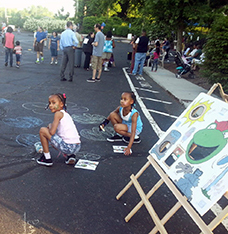
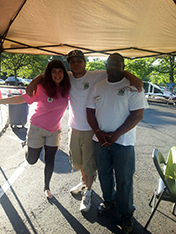

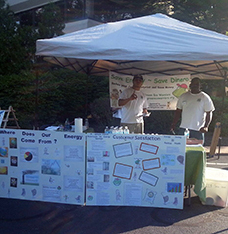

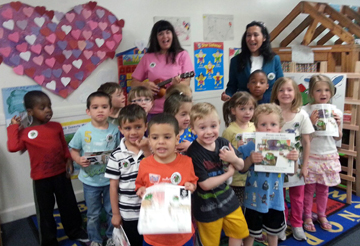
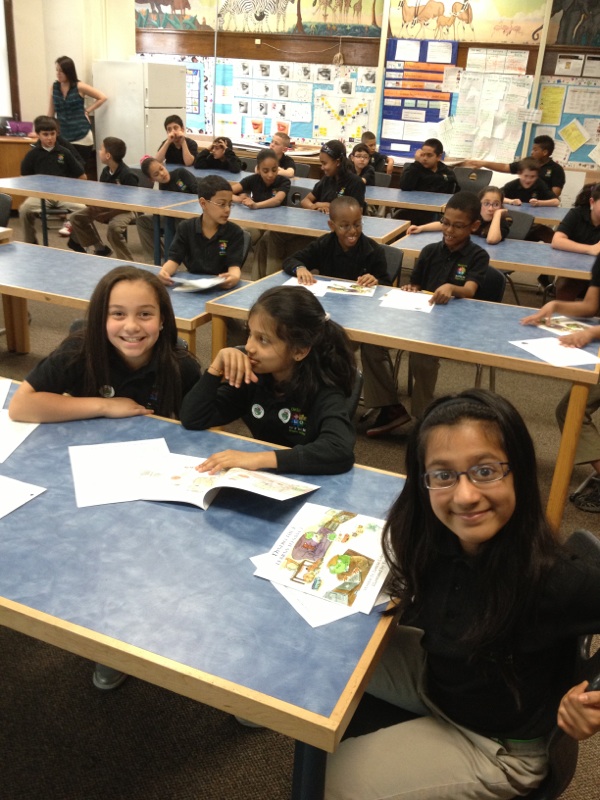
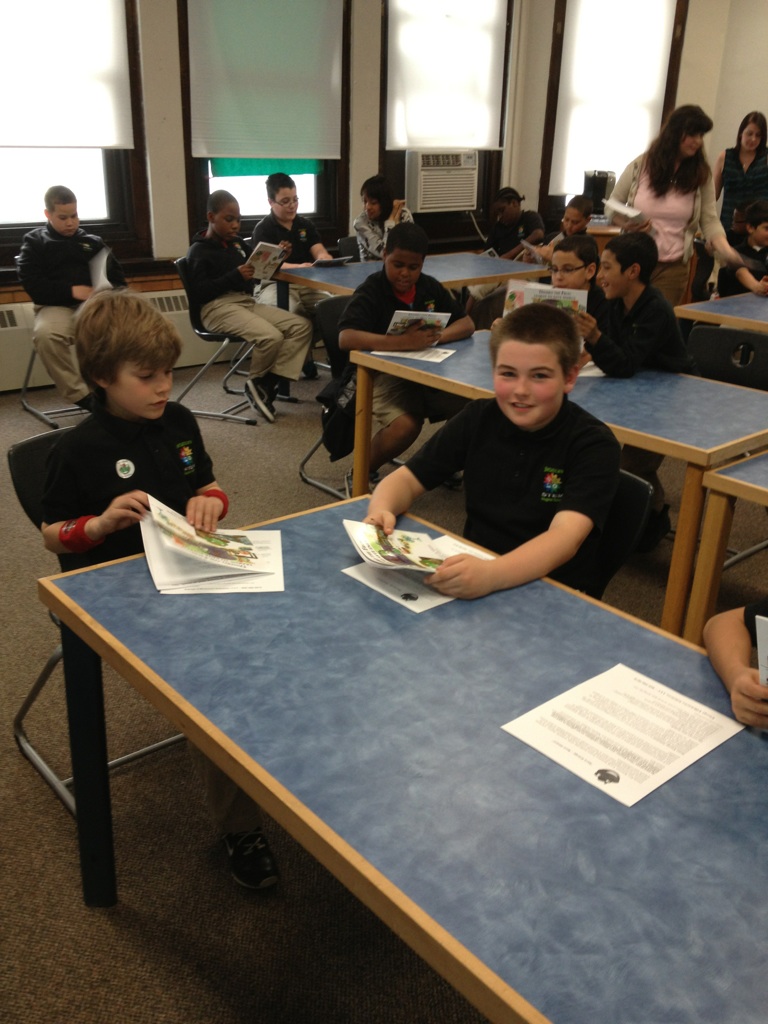
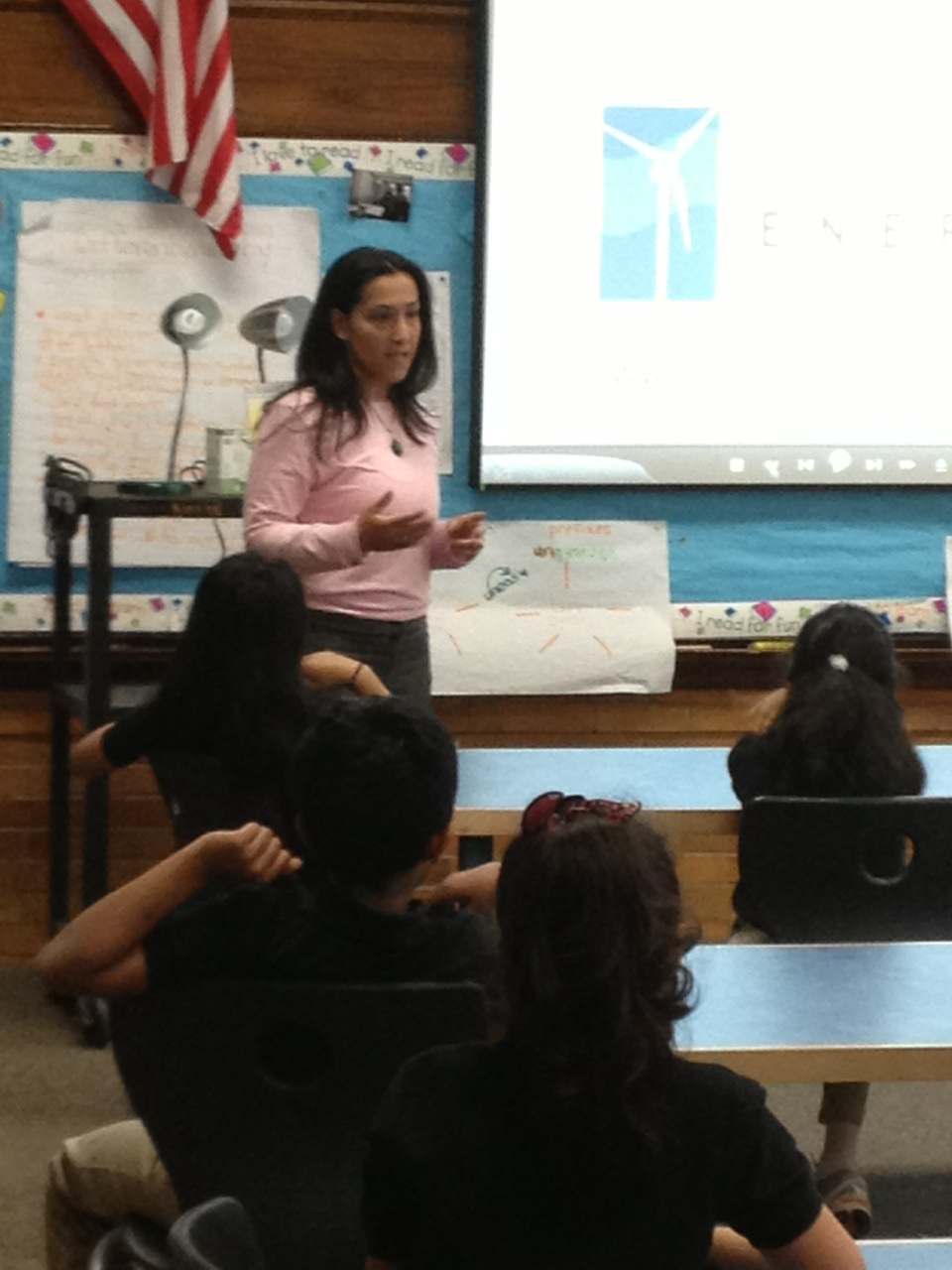


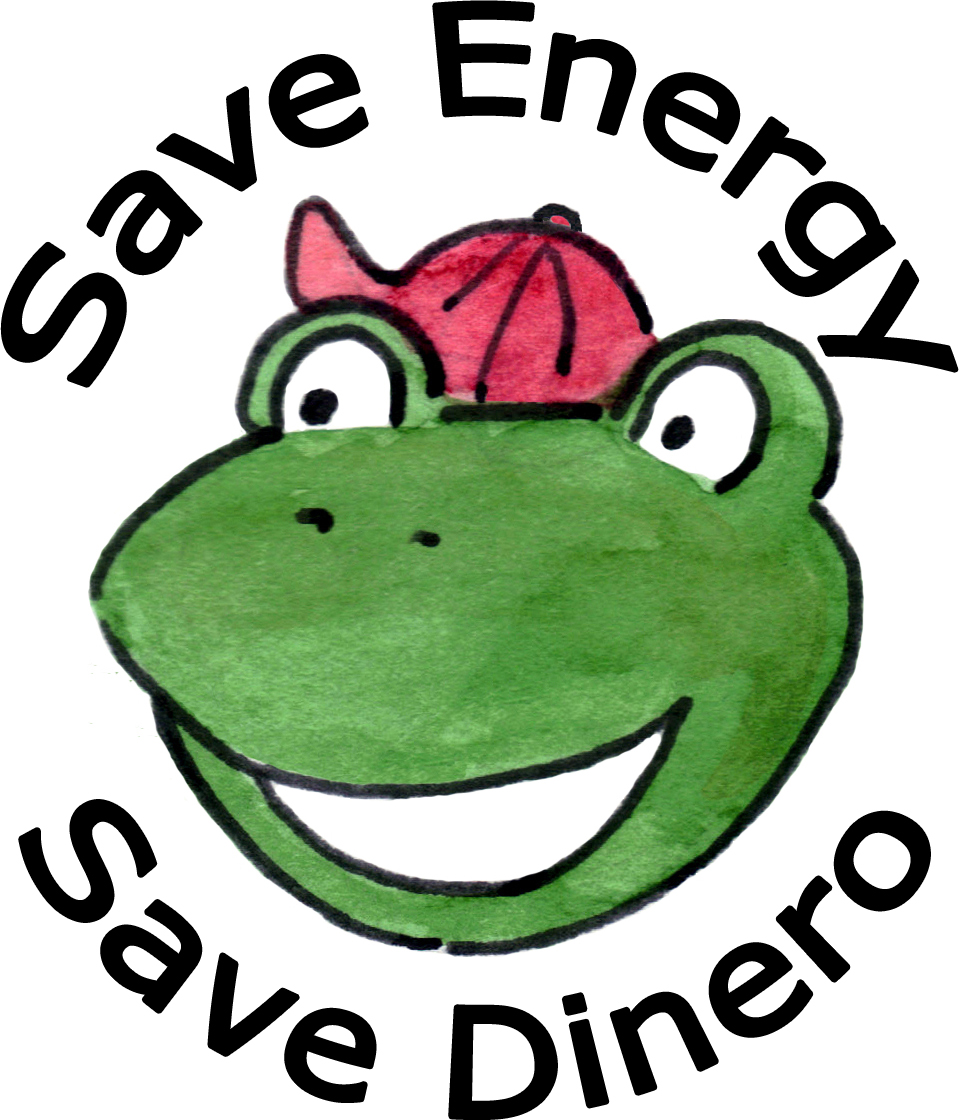




Plastic Soup, ALGALITA
Kamilo Beach Debris, Hawaii
Albatross with Coat Hanger Midway Atoll
Debris Floating in Water Midway Atoll